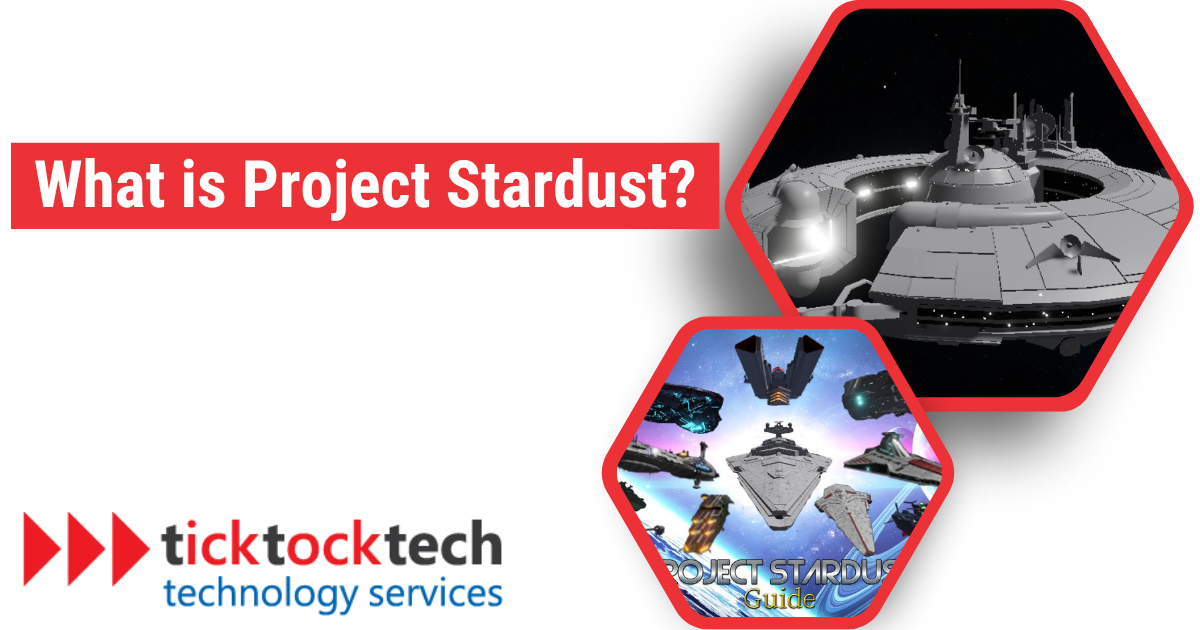Welcome to NASA’s Project Stardust, a revolutionary new initiative that’s taking the world of space exploration by storm. But what exactly is Project Stardust? Read on to find out.
Understanding Project Stardust: What is Project Stardust?
Project Stardust is an innovative space mission that has taken on the challenge of transforming space traveling. Its main goal is to develop a new way to power spacecraft, making space travel more efficient and less harmful to the environment.
Chemical rockets are expensive, slow, and bad for the environment because they use a lot of fuel, which makes them expensive and creates pollution in space. Project Stardust wants to solve these problems by using a new engine that uses electricity to make a form of gas called plasma.
History of NASA’s Project Stardust
The journey of Project Stardust began with NASA’s selection of the project in the fall of 1995, and work commenced in January 1996. The mission was to collect dust samples from the coma of comet Wild 2 and return them to Earth for analysis. The Stardust spacecraft was launched in 1999 and was the first to bring back samples from a comet to our planet.
The spacecraft was equipped with solar arrays for power and carried scientific instruments to analyze comet and interstellar dust. The samples were collected using a unique material called aerogel, which was attached to panels on the spacecraft. This material, invented in the 1930s, is known for its low density and excellent insulation properties.
After its primary mission, the spacecraft was repurposed for the Stardust-NExT mission, which revisited comet Tempel 1 in 2011, marking the first time a comet had been visited twice by a spacecraft. The Sample Return Capsule made its way back to Earth, landing in the Utah desert, and the samples were taken to a clean room for analysis. These samples revealed many organic compounds and indicated that comets may have formed differently than previously thought.
What are the key Features of Project Stardust
Here are some of the key features of NASA’s Project Stardust:
1. Advanced Technology
Project Stardust stands out for its use of new tech in engines and spacecraft design. The engines use plasma, which is like a super-hot gas. This plasma gives energy to a gas, which speeds up and pushes the spacecraft forward. The design of the spacecraft is also smart. It’s built to be light and strong, which helps it move faster and use less energy.
2. Faster Travel and Efficiency
One unique feature of NASA’s Project Stardust is how it cuts down travel time. Because the plasma engines are so powerful, they can make the spacecraft go much faster than old engines. This means we can reach faraway places in space quickly. Also, these engines are really good with fuel. They get more push from the same amount of fuel compared to older engines.
3. Sustainability and the Environment
Project Stardust also cares a lot about environmental sustainability. The team behind it works hard to make sure the engines are clean and don’t leave junk in space. They also focus on using materials and methods that don’t hurt the environment. This way, we can explore space without making it dirty.
What are the Applications of NASA’s Project Stardust?
1. Revolutionizing Deep Space Missions
Project Stardust’s advanced plasma propulsion technology has the potential to transform deep space missions by enabling spacecraft to travel faster and farther than ever before. This breakthrough could lead to more extensive exploration of the cosmos and significantly reduce the time and resources required for missions to distant parts of the solar system and beyond.
2. Enhanced Satellite Deployment Capabilities
The plasma propulsion system developed by Project Stardust also holds great promise for satellite deployment. It can enable spacecraft to carry larger payloads and reach farther orbits. This advancement could also have a significant impact on the space industry and our ability to utilize space-based technologies.
3. Advancing Scientific Understanding and Exploration
Beyond its applications in space missions and satellite deployment, Project Stardust has the potential to advance the scientific community’s understanding of space and the laws of physics. By enabling faster and more efficient space travel, this innovative technology could provide scientists with access to previously inaccessible objects and phenomena in space. This advancement could lead to discoveries and insights into the nature of the universe.
4. Future Technological Advancements
The success of Project Stardust sets the stage for the exploration and development of even more advanced propulsion systems. Concepts such as fusion-powered propulsion or antimatter propulsion could further accelerate the speed of space travel and expand our capabilities in space exploration, opening up new frontiers and possibilities for scientific discovery.
Conclusion
Project Stardust is an innovative space exploration initiative that leverages innovative technology to revolutionize space travel. By utilizing the power of advanced plasma propulsion, Project Stardust aims to overcome the limitations of traditional chemical rockets and enable faster, more efficient, and more sustainable space travel.

